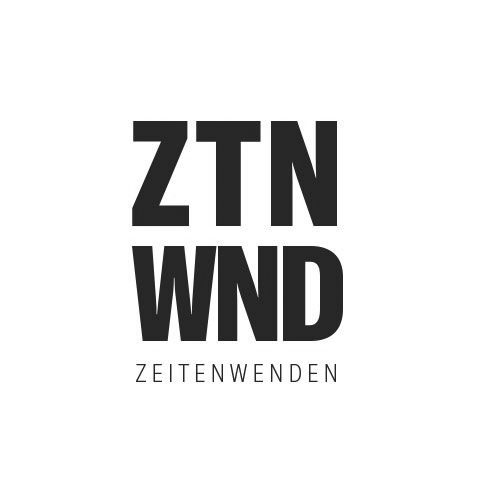In fall 2025, the MINSK Kunsthaus in Potsdam will present the exhibition Wohnkomplex. Kunst und Leben im Plattenbau (Residential Complex: Art and Life in Prefabricated Buildings). Guest curator Kito Nedo’s group exhibition explores how East German prefabricated housing estates are represented in art.
Image above: Markus Draper, Neubrandenburg, Traberallee, Detail, 2015, Privatsammlung Köln © Markus Draper, Foto: Hans-Georg Gaul.
Residential complex displays around 50 works by artists such as Karl-Heinz Adler, Sibylle Bergemann, Kurt Dornis, Markus Draper, Seiichi Furuya, Peter Herrmann, Sebastian Jung, Gisela Kurkhaus-Müller, Harald Metzkes, Sabine Moritz, Henrike Naumann, Nina Fischer & Maroan el Sani, Manfred Pernice, Uwe Pfeifer, Sonya Schönberger, Nathalie Valeska Schüler, Wenke Seemann, Robert Seidel, Christian Thoelke, Stephen Willats, Ruth Wolf-Rehfeldt, and others.
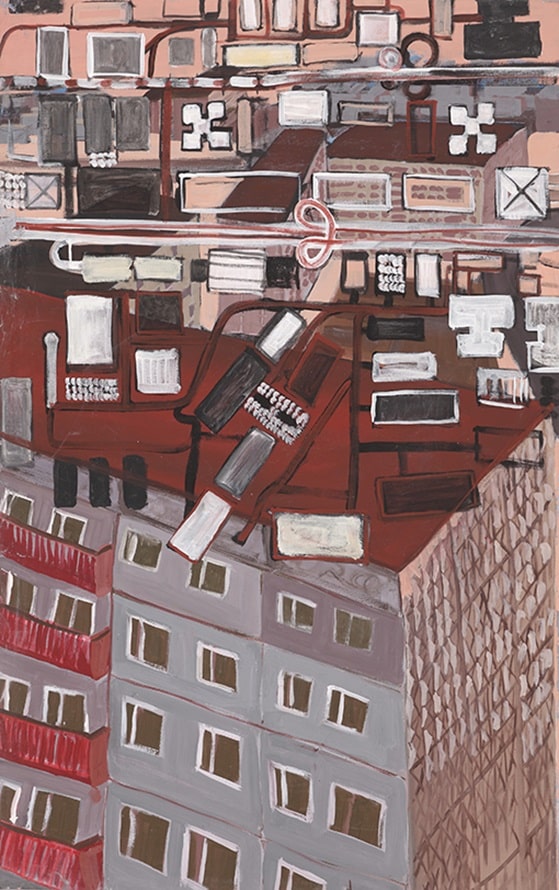
The exhibition presents installations, paintings, drawings, photographs, and films created since the 1970s. Kito Nedo brings together works that view and classify prefabricated buildings in different ways—as places to live, as symbols of social utopias, and as a projection screen for social change. The focus is not only on prefabricated buildings as architectural heritage, but also as a cultural resonance space that raises questions of belonging, community, and memory. The exhibition interlinks artistic works with socio-political issues and reflects on how urban spaces affect lifestyles and social structures.
Wohnkomplex shows around 50 works from:
Karl-Heinz Adler, Sibylle Bergemann, Manfred Butzmann, Kurt Dornis, Markus Draper, Wolfram Ebersbach, Nina Fischer & Maroan el Sani, Seiichi Furuya, Peter Herrmann, Sebastian Jung, Gisela Kurkhaus-Müller, Harald Metzkes, Sabine Moritz, Henrike Naumann, Manfred Pernice, Uwe Pfeifer, Sonya Schönberger, Nathalie Valeska Schüler, Wenke Seemann, Robert Seidel, Christian Thoelke, Stephen Willats and Ruth Wolf-Rehfeldt.
In her works from the early 1990s, Sabine Moritz draws on the collective memory of living. Drawing on memories of her childhood in the prefabricated housing estate of Jena-Lobeda, she combines individual experiences with architectural structure in her drawings.
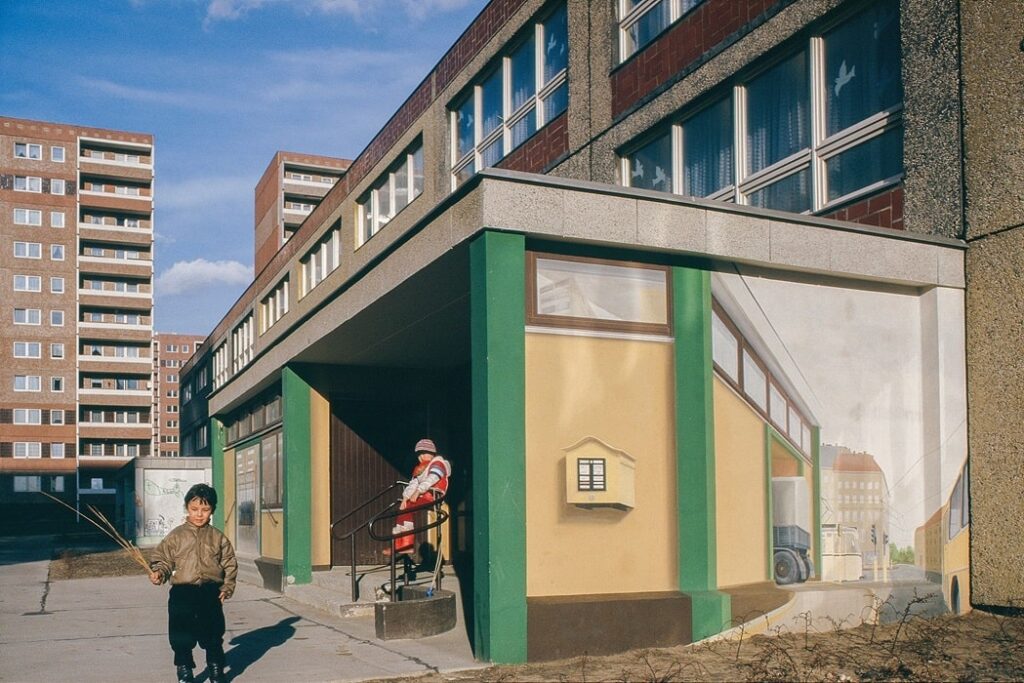
Seiichi Furuya’s photographs were created “against forgetting” as fragments of memory and documents of a bygone era. For the exhibition, he has selected nearly 300 photographs of prefabricated buildings, interiors, and television images from his time in East Berlin and Dresden from 1985 to 1989, which are shown in an ever-changing, randomly ordered sequence as a projection.
From the 1970s onwards, Uwe Pfeifer focused intensively on Halle-Neustadt, where he himself lived. His paintings depict the deserted urban spaces of the socialist housing estate and are precise analyses of everyday life, permeated by melancholy, urban dystopia, and quiet criticism. Pfeifer’s paintings not only depict the newly created architecture, but also produce psychologically charged images from within the new development.
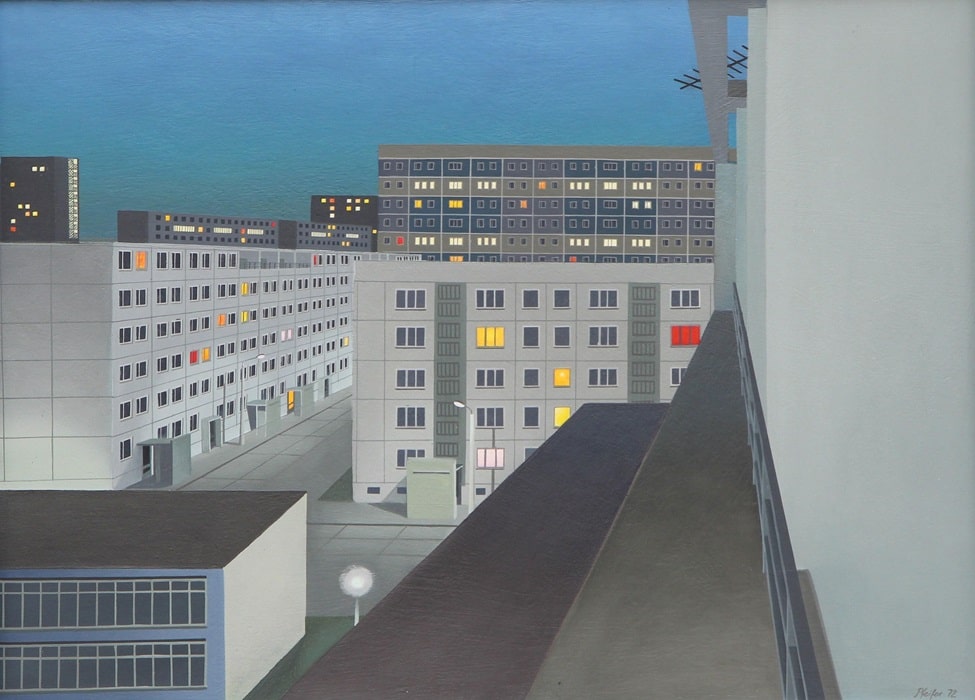
In Sibylle Bergemann’s photo series P2 (1974–1981), little seems to remain of the progressive residential utopia of the 1960s. The serially and conceptually photographed living rooms reflect a retreat into privacy and the fading of a socialist promise.
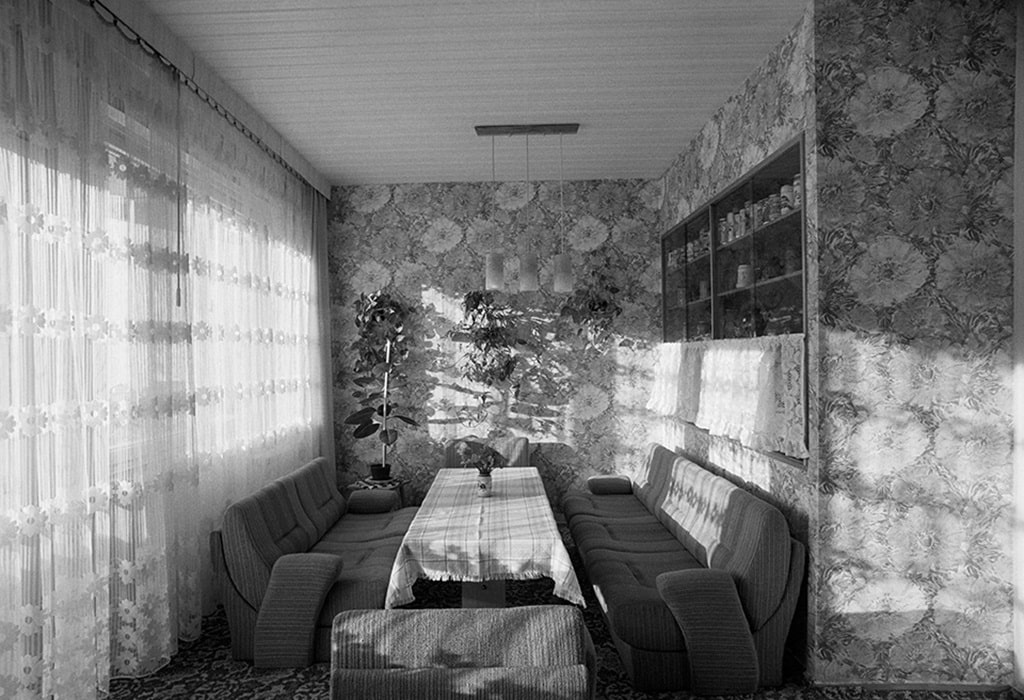
In his installation Grauzone (2015), Markus Draper reconstructs GDR prefabricated buildings in model format—buildings in which RAF members went into hiding in the 1980s with the help of the Stasi. The work plays with East and West clichés and exposes the deceptively dichotomous view of German-German history.
In her work Aufriss II (Elevation II), artist Nathalie Valeska Schüler, born in Leipzig in 1995, addresses the GDR prefabricated building type PH16—exemplified in Leipzig-Grünau—as a symbol of social utopias, attributions, and ruptures. Using detailed photographs, 3D-printed models, and architectural structural analyses, Schüler weaves together material traces—such as fingerprints in asbestos-containing Morinol—with questions about visibility, origin, and living conditions then and now.
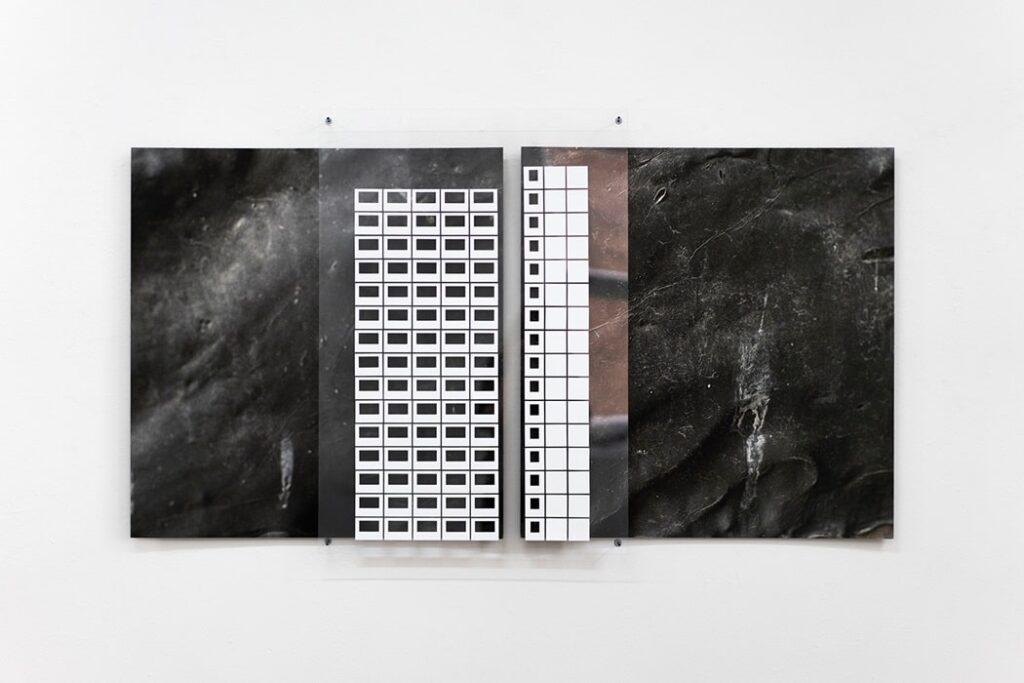
Residential complex opens up new perspectives on a model of construction and living that continues to have an impact today. Originally, prefabricated buildings were at the heart of GDR social policy, a place of socialization and a symbol of real socialist progress—until 1990. After the end of the GDR, it became the scene of painful transformations and a symbol of social decline and racist violence. As modern ruins, the buildings awaited demolition, renovation, or conversion. Plattenbau never became a monument, but remained a living part of the present. It is a place of remembrance of the GDR where life continues.
Accompanying the exhibition, Distanz Verlag is publishing the catalog Wohnkomplex – Kunst und Leben im Plattenbau (Residential Complex – Art and Life in Prefabricated Buildings) in German and English. It not only presents the works in the MINSK exhibition, but also provides an analysis of this chapter in the art history of the GDR and architectural history. In addition to texts by Kito Nedo and Kevin Hanschke, the catalog includes guest contributions on the interplay between art and prefabricated buildings: a literary essay by writer Grit Lemke, a cultural-historical classification of GDR prefabricated building photography by cultural historian Prof. Bernd Lindner, a glossary of essential terms relating to the “Platte” complex by art historian Juliane Richter, and a chronicle of the development of prefabricated building architecture and the artistic interior and exterior perspective on this field by architect Philipp Meuser. Publication date: September 5, 2025.
WHEN?
Saturday, September 6, 2025, to Sunday, February 8, 2026
Opening hours:
Daily except Tuesdays, Wednesday to Monday, 10 am to 7 pm
WHERE?
DAS MINSK Kunsthaus in Potsdam
Max-Planck-Straße 17
14473 Potsdam
COSTS?
Regular: 10 EUR
Reduced: 8 EUR
Combined ticket: 20 EUR
Reduced: 12 EUR




